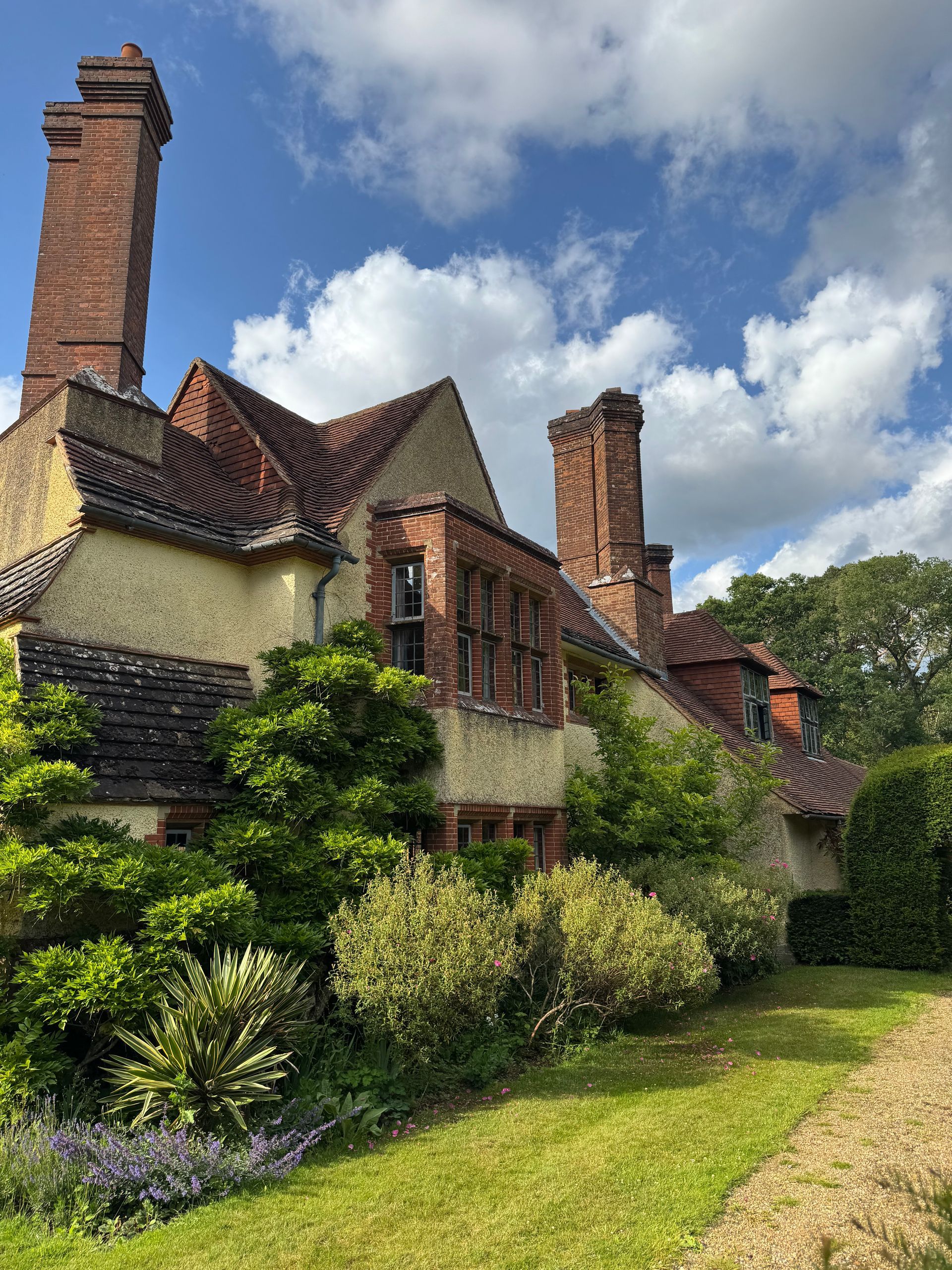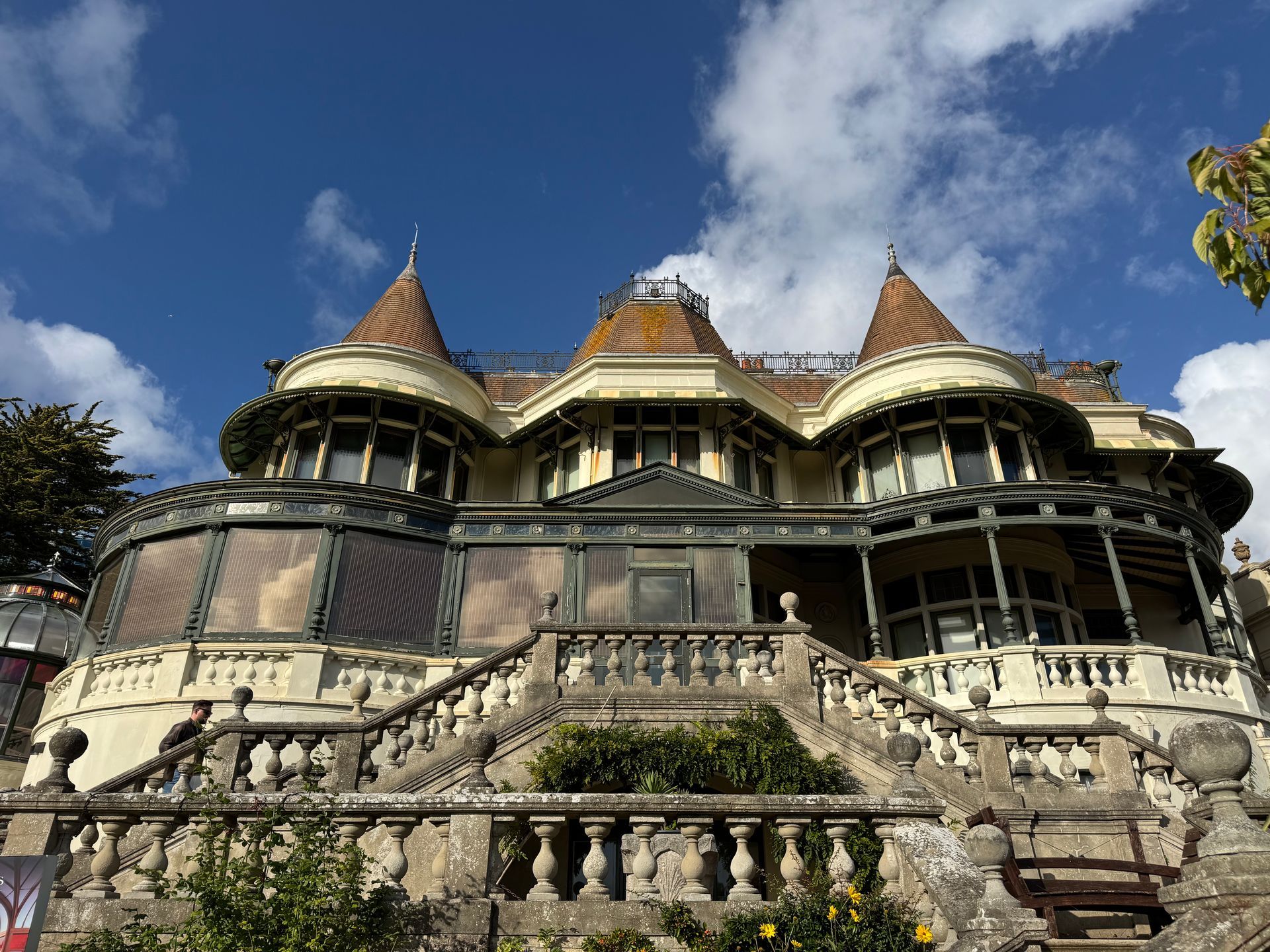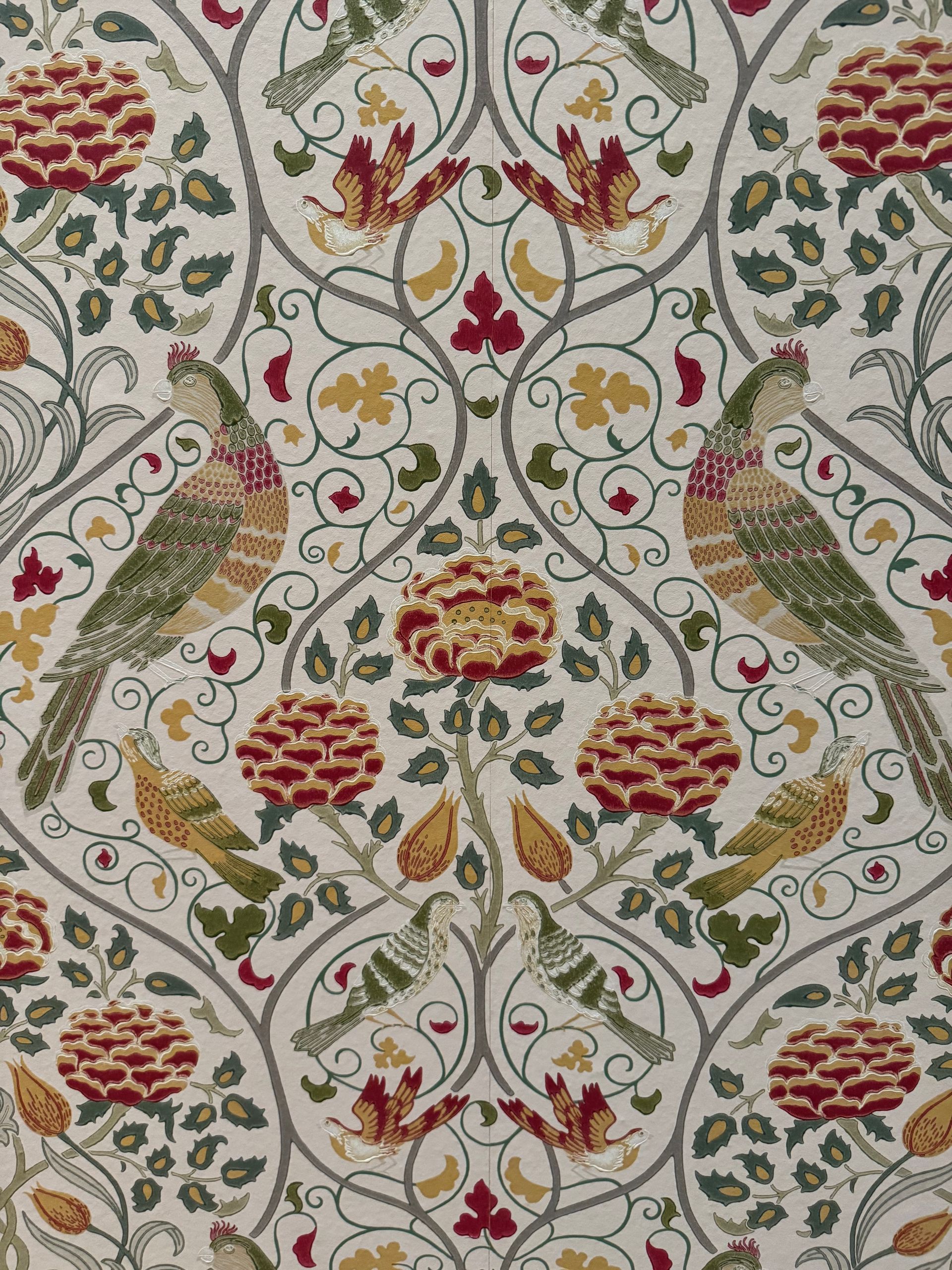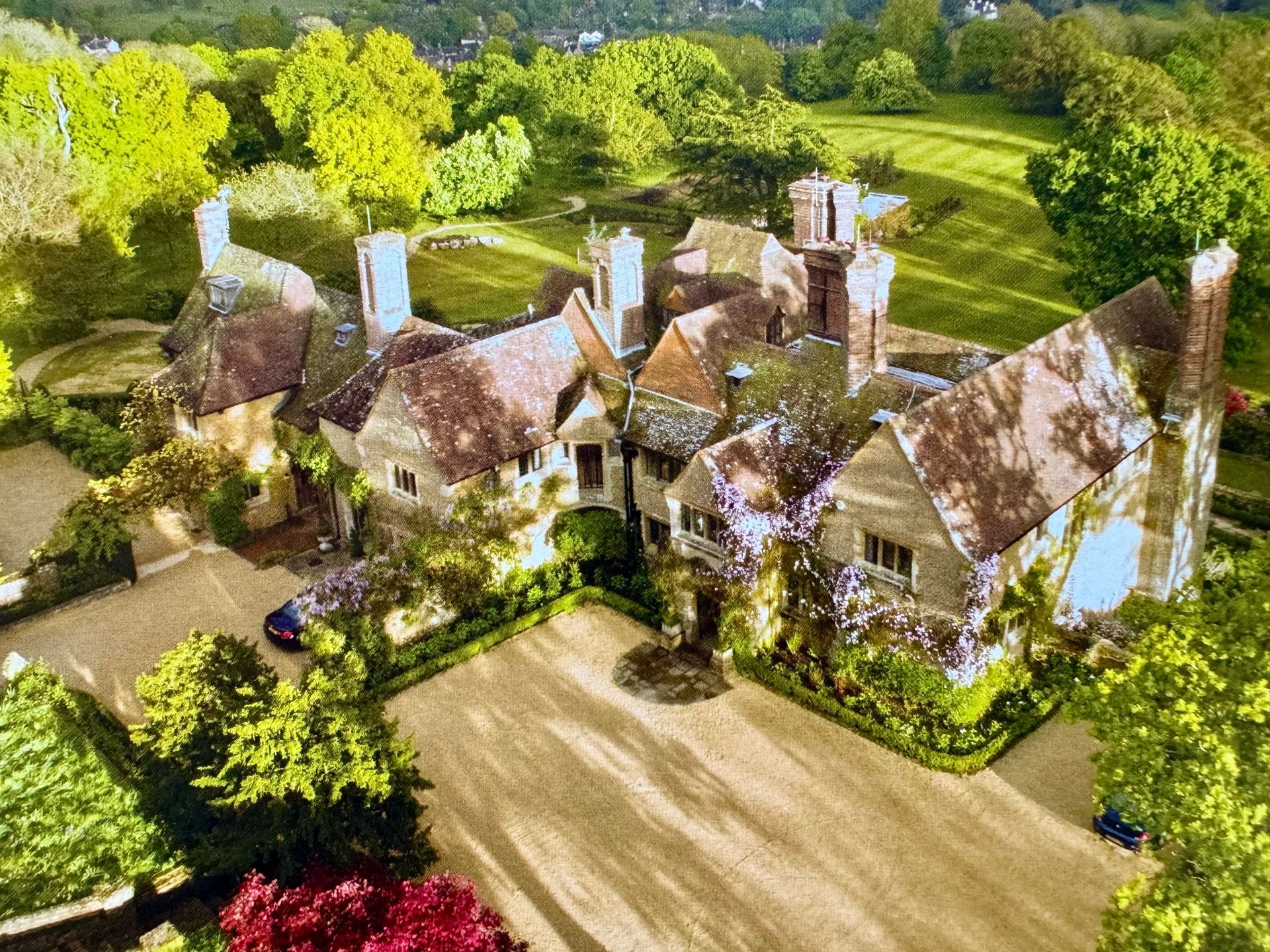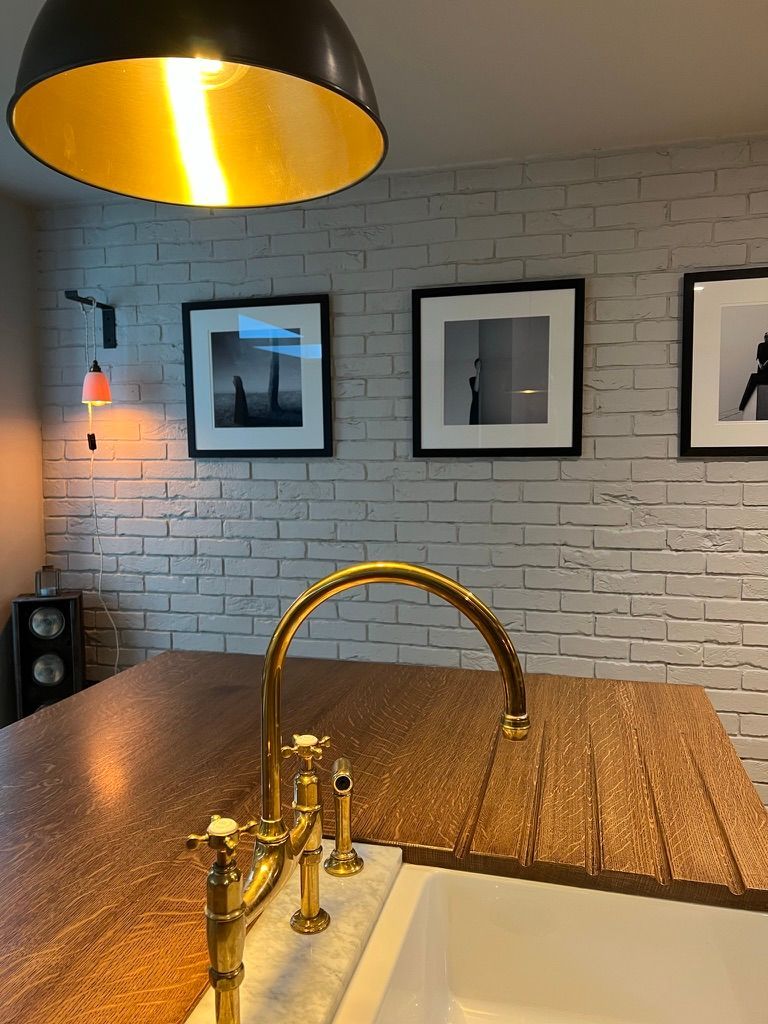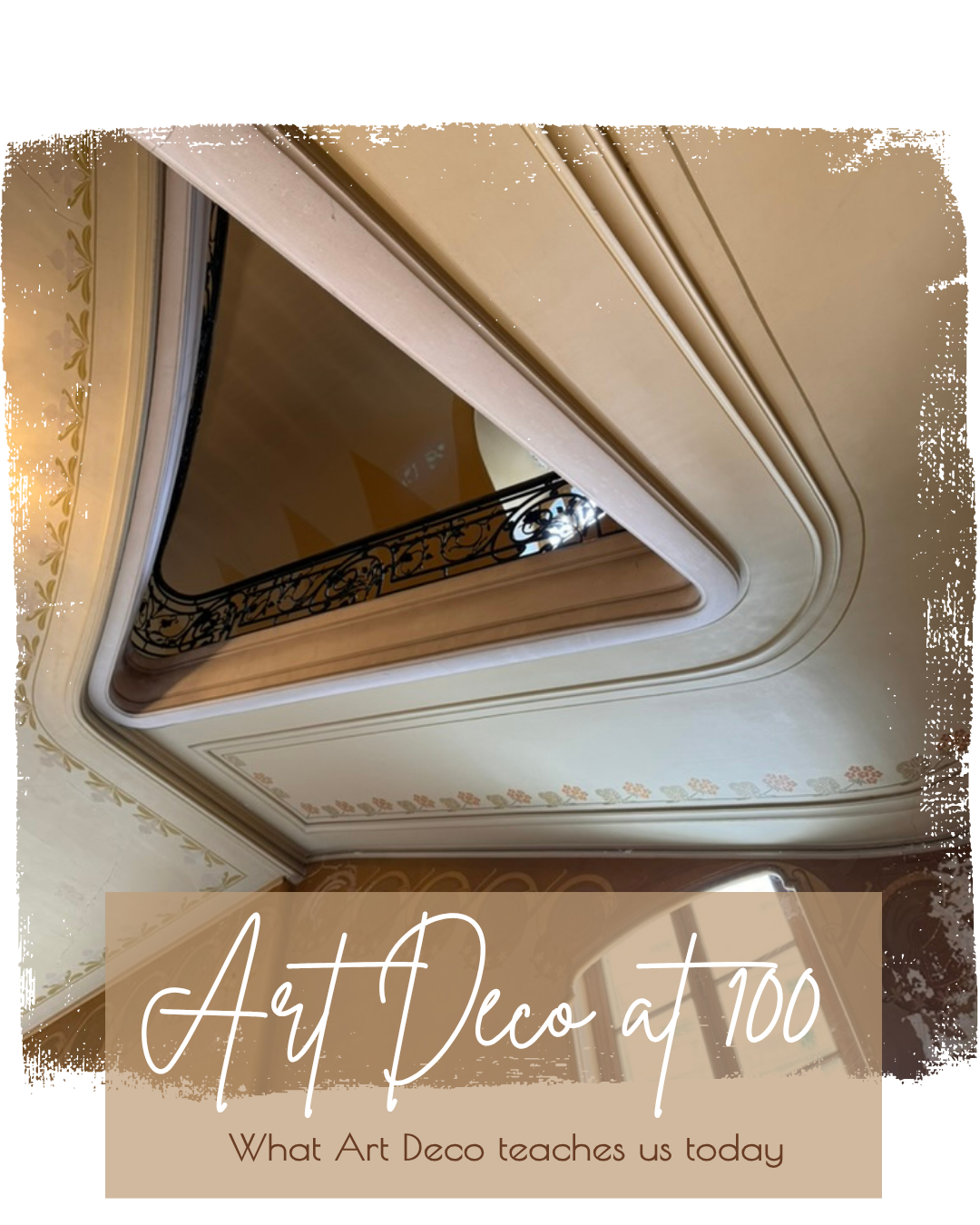Goddards: A Lutyens Architectural Jewel
Surrey Style: The Architectural Backdrop
The home is a textbook example of what’s often referred to as the “Surrey style”, a regional take on vernacular architecture that blends local materials like bargate stone, red brick and oak timbering with steeply pitched roofs and sweeping gables. This style is rooted in tradition yet romanticised through Lutyens’ signature playfulness with scale, symmetry and form.
Lutyens was a master of proportion and detail, but it was his collaboration with Gertrude Jekyll, the famed garden designer, that elevated his country houses to a new level of domestic harmony. Goddards is no exception as the garden, although smaller than some of their other projects, was carefully considered as an extension of the architecture itself.
The Arts & Crafts Influence
At the core of the Arts & Crafts movement was a rebellion against mass production. Instead, designers like Lutyens championed craftsmanship, natural materials and a return to vernacular building traditions. At Goddards, you’ll see these values in every handmade brick, leaded windowpane and gently curving oak beam.
The interiors reflect a humble elegance: practical yet beautifully detailed woodwork, integrated furnishings and cosy proportions that invite comfort over grandeur. There’s a real sense of lived-in charm, architecture designed not to impress, but to nurture.
In 1953, Goddards was bought by William and Noeline Hall. In 1991, it was given to the Lutyens Trust in memory of their son, Lee Heath Hall, an architect who tragically passed away in 1988.
It’s one of the few Lutyens homes you can
actually stay in, through the Landmark Trust. Accommodating up to 12 guests, it offers a rare opportunity to experience Arts & Crafts living first-hand.
The house is also available to visit via
pre-booked tours, offering an opportunity for architecture enthusiasts, students and admirers of historic homes to explore its rich legacy.
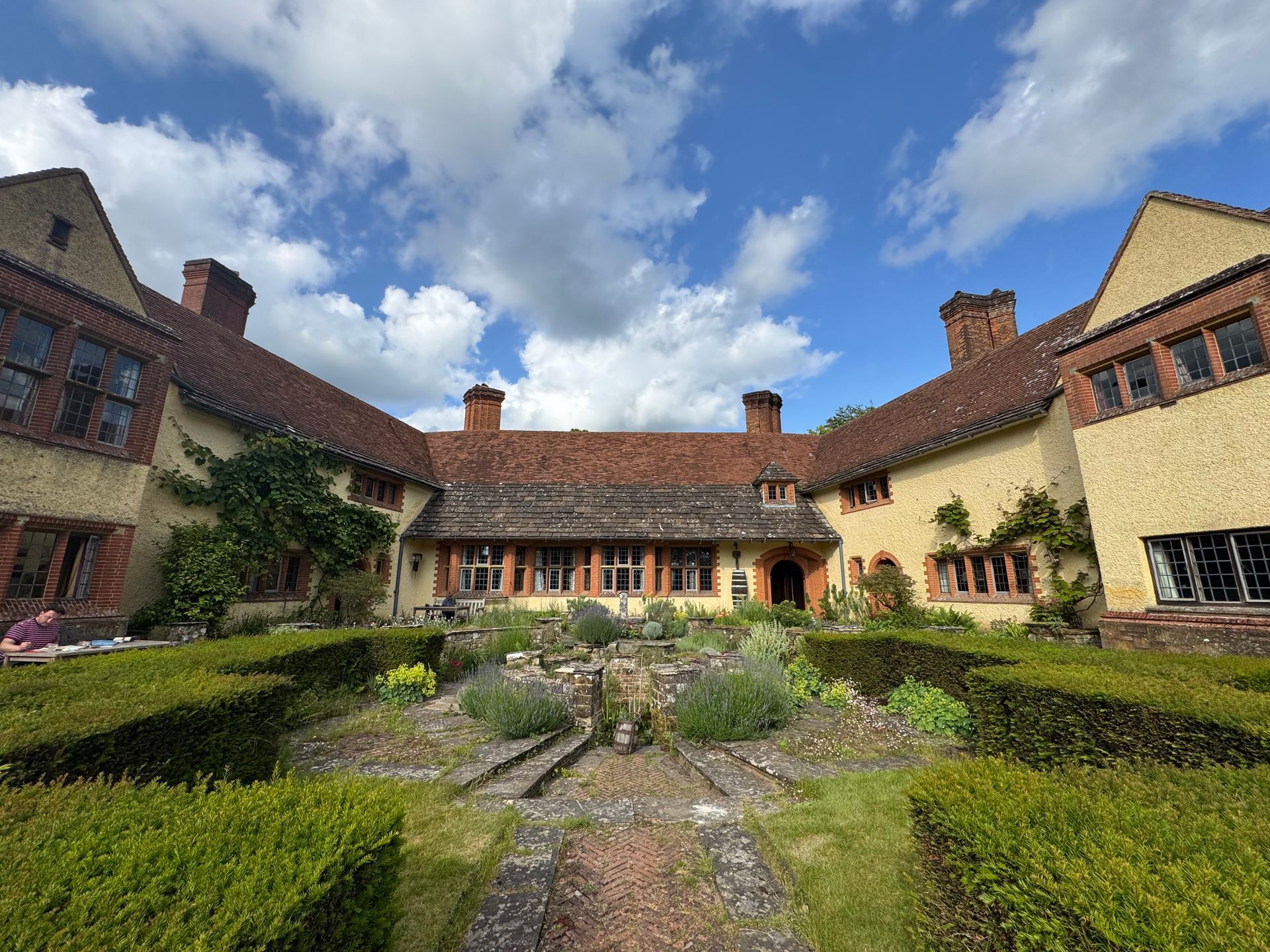
Slide title
Write your caption here
Button
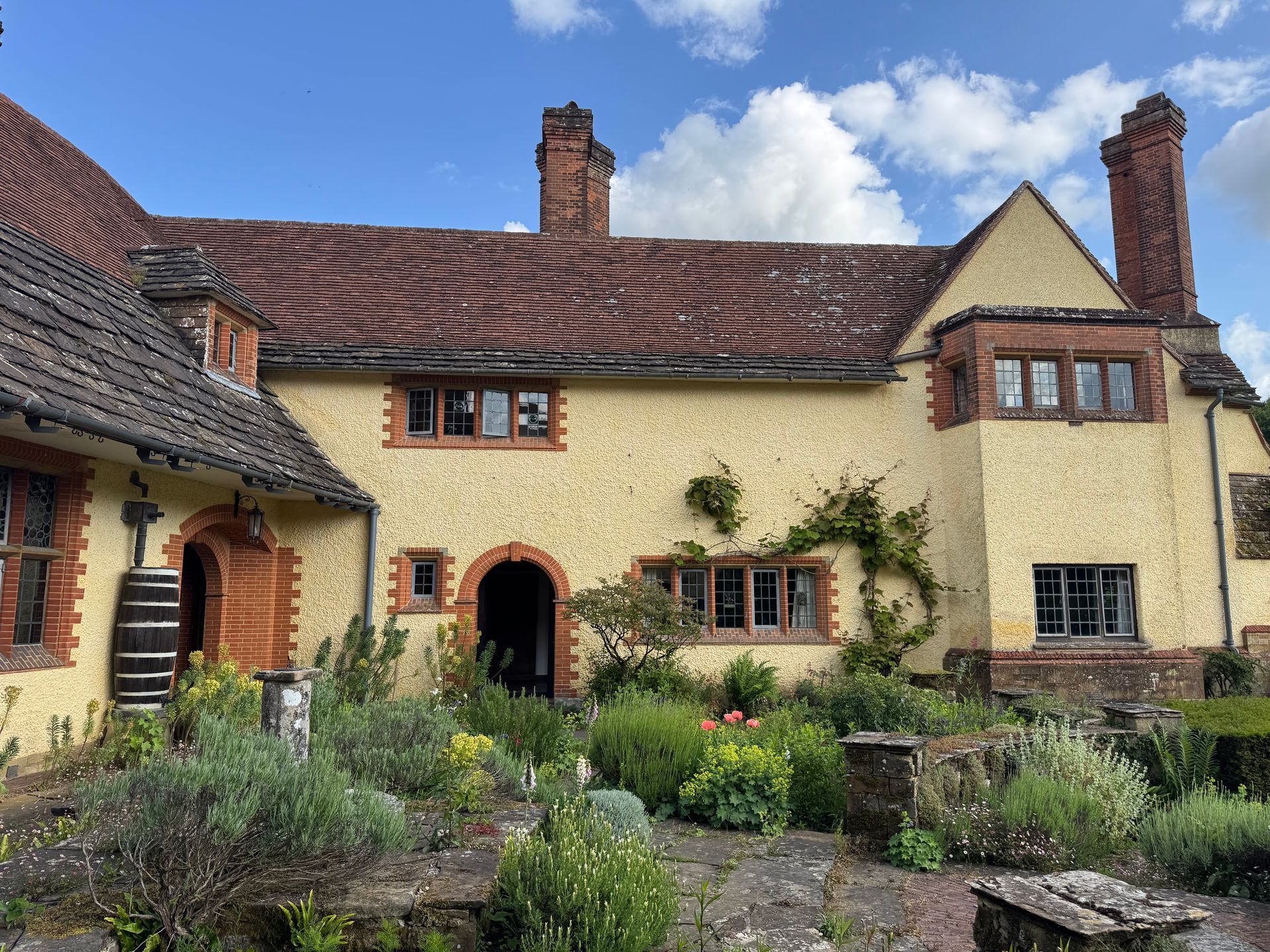
Slide title
Write your caption here
Button
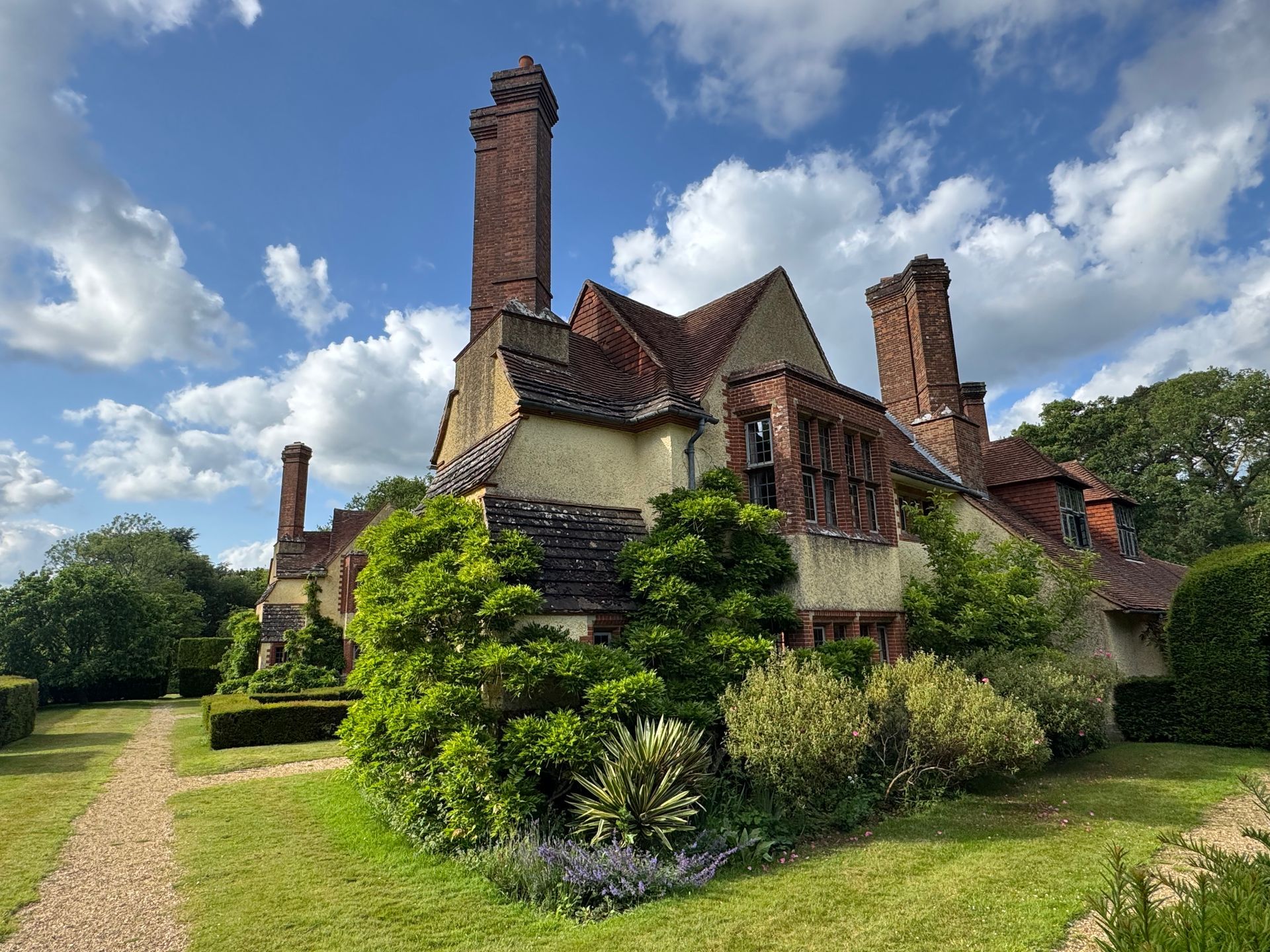
Slide title
Write your caption here
Button
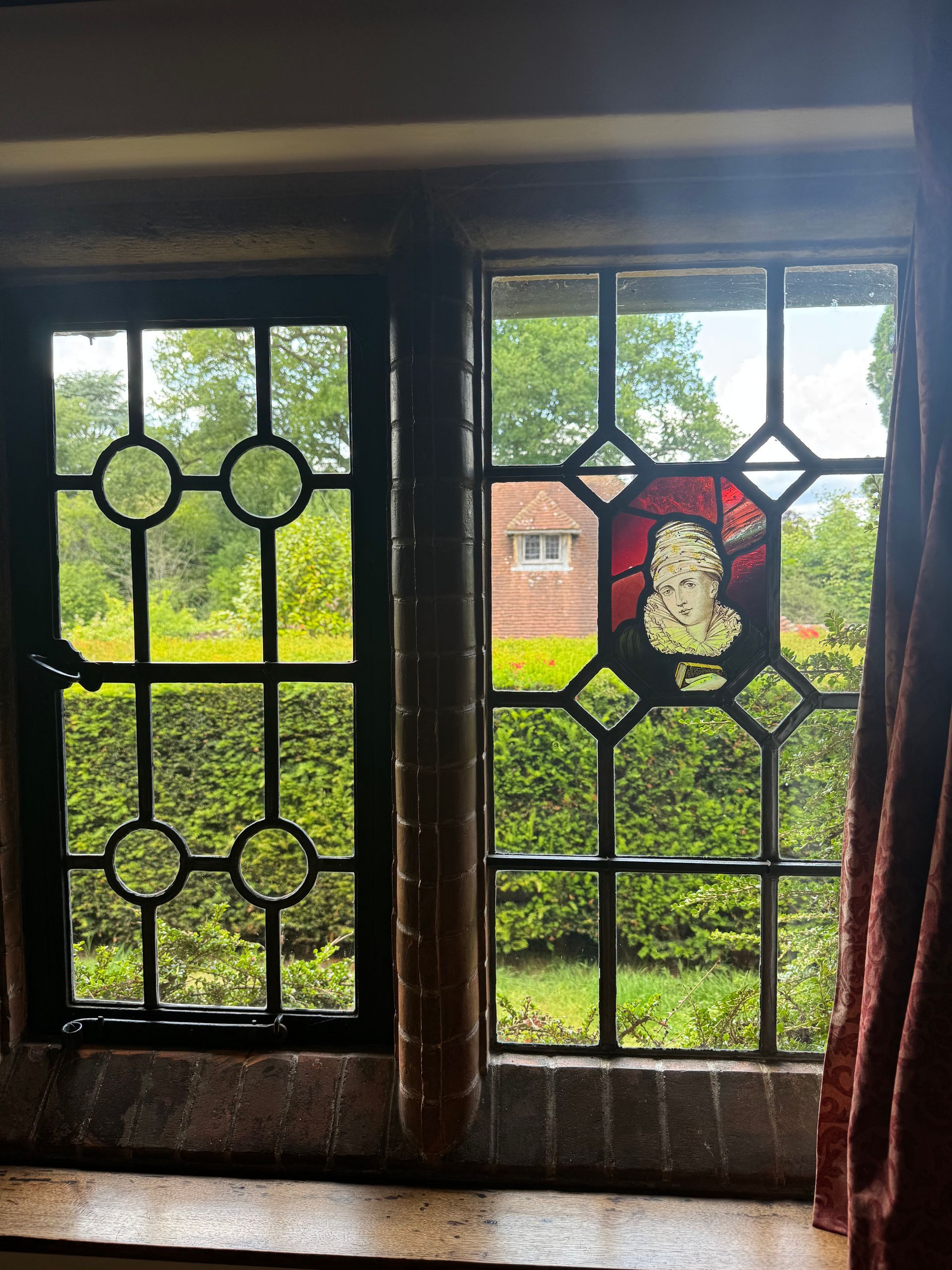
Slide title
Write your caption here
Button
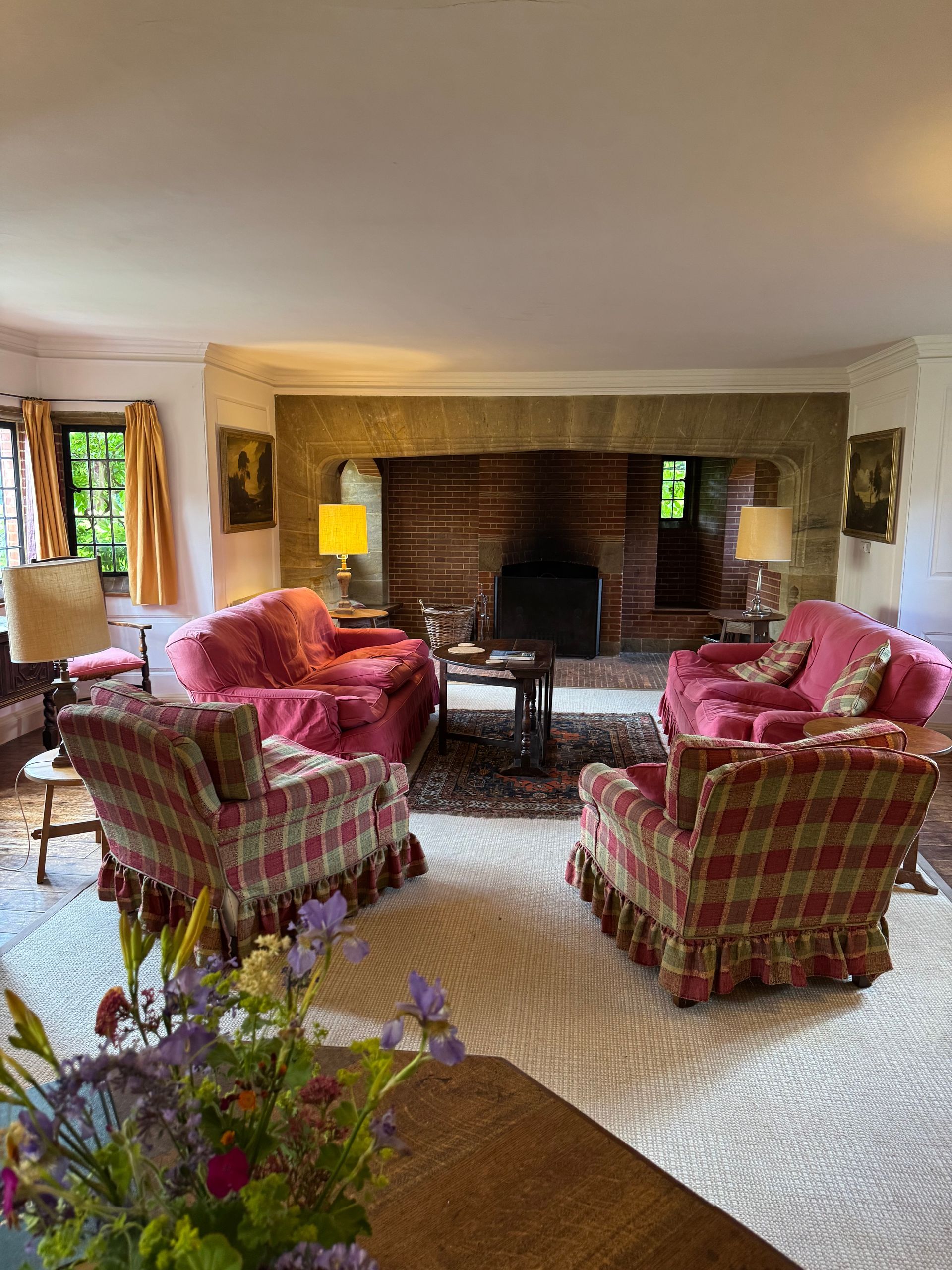
Slide title
Write your caption here
Button

Slide title
Write your caption here
Button
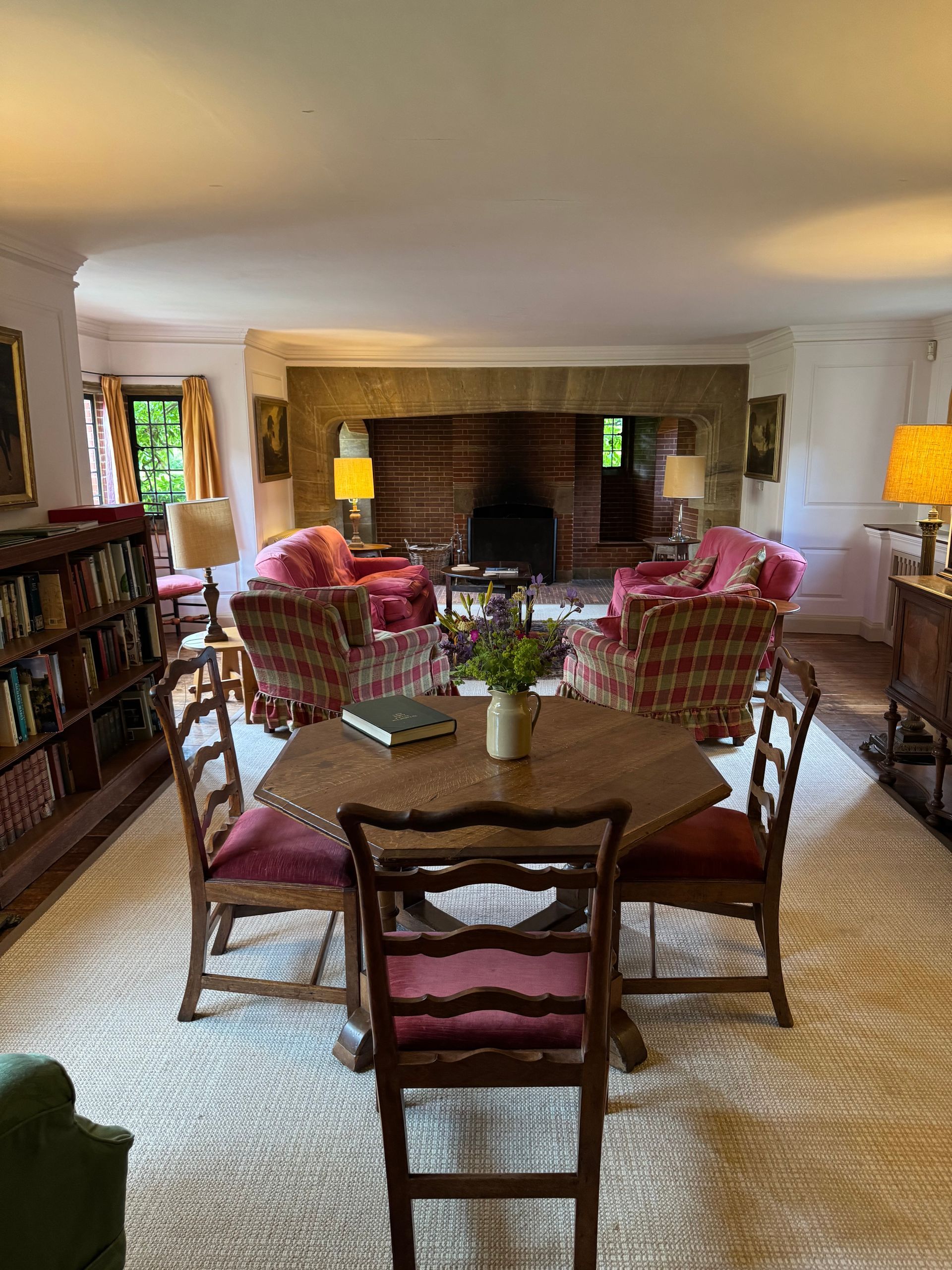
Slide title
Write your caption here
Button
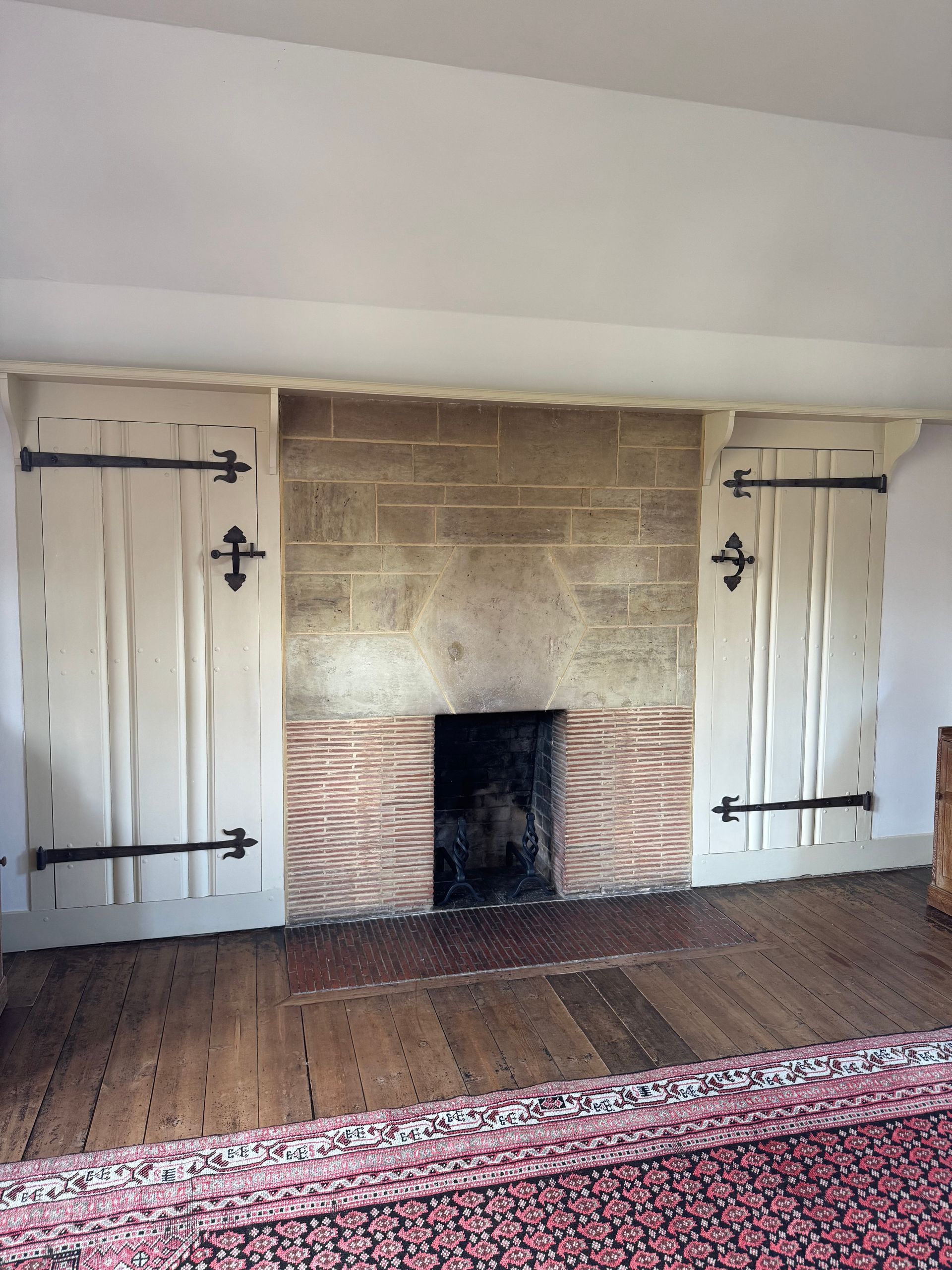
Slide title
Write your caption here
Button
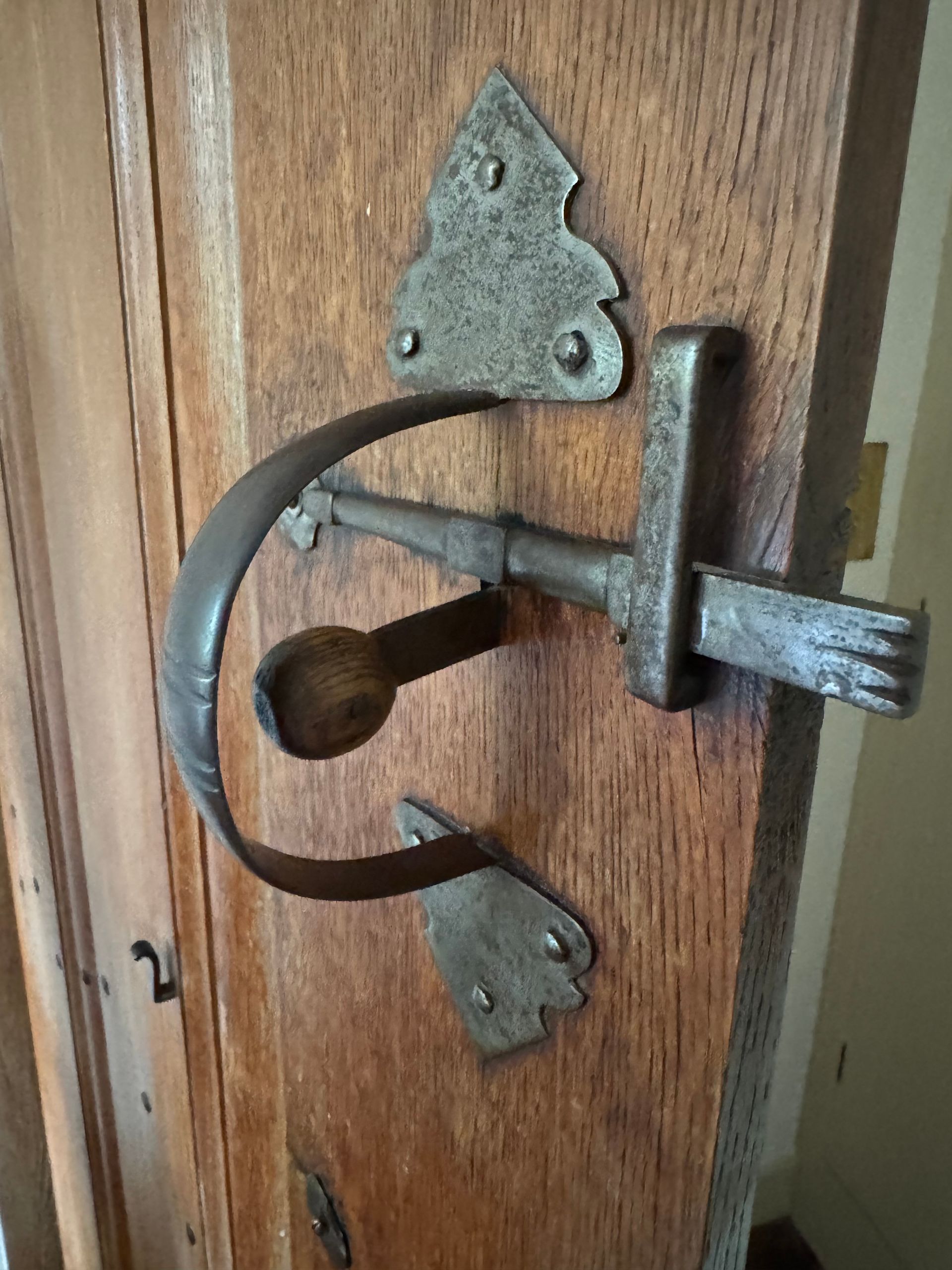
Slide title
Write your caption here
Button
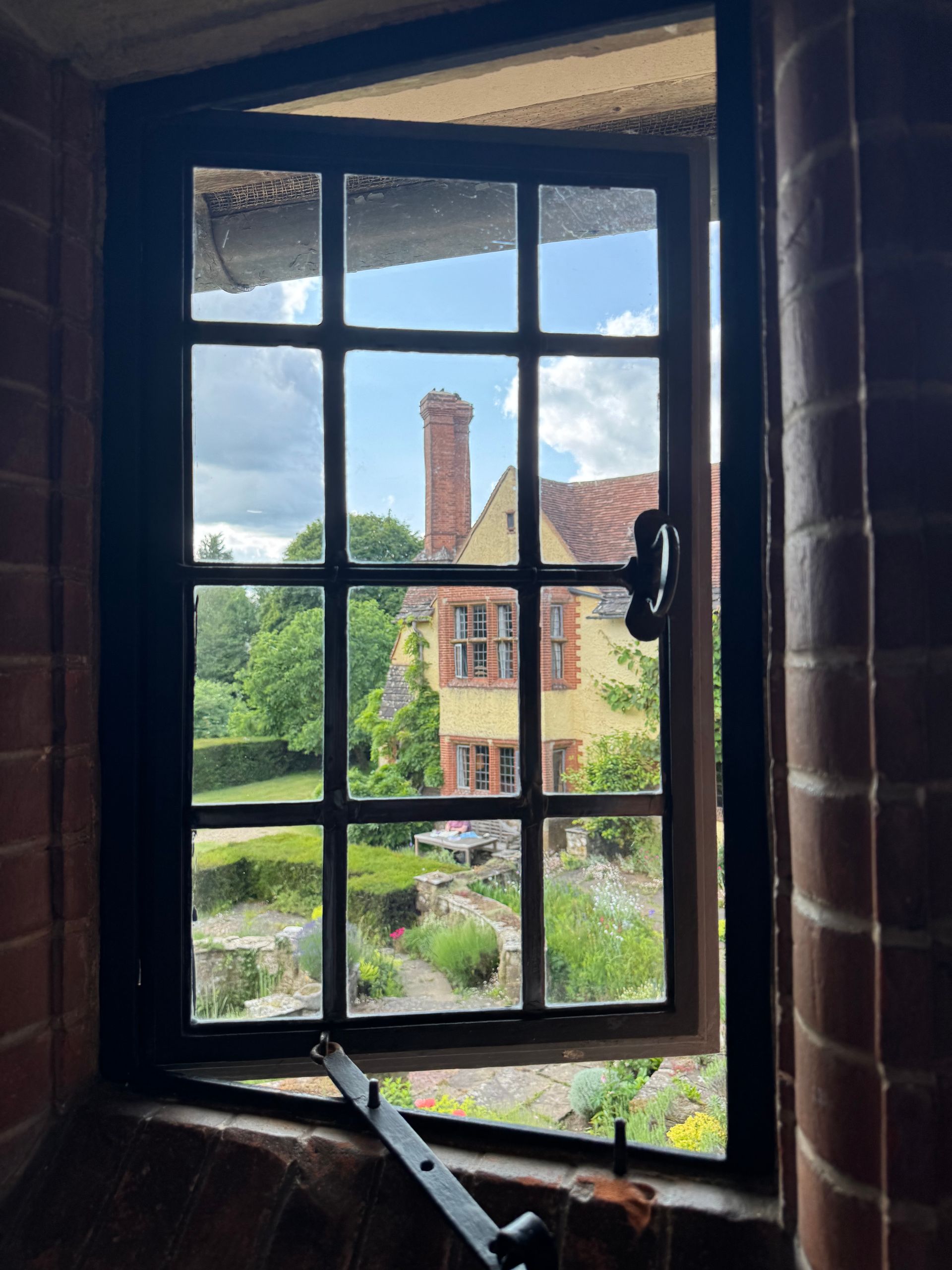
Slide title
Write your caption here
Button
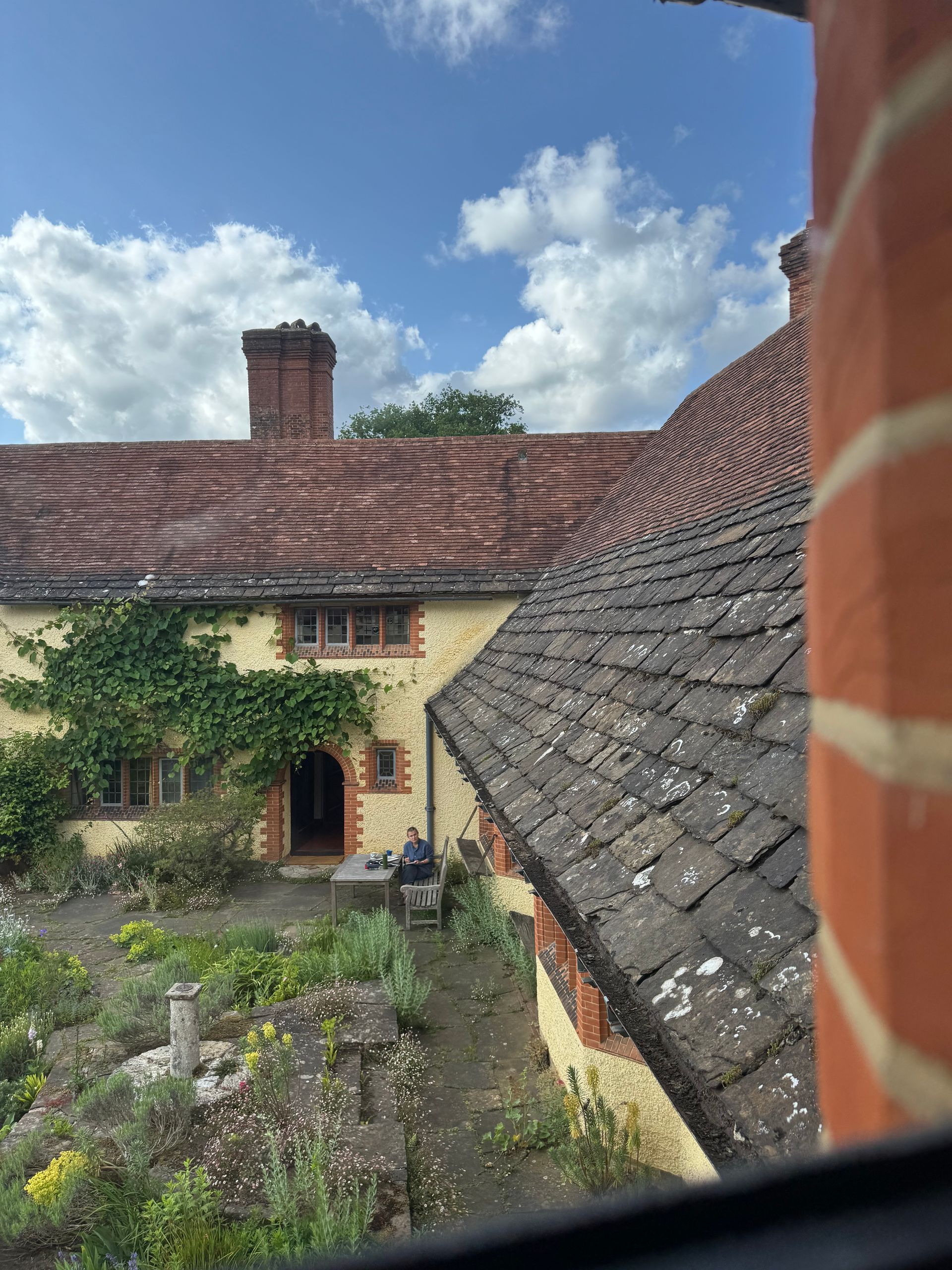
Slide title
Write your caption here
Button

Slide title
Write your caption here
Button

Slide title
Write your caption here
Button
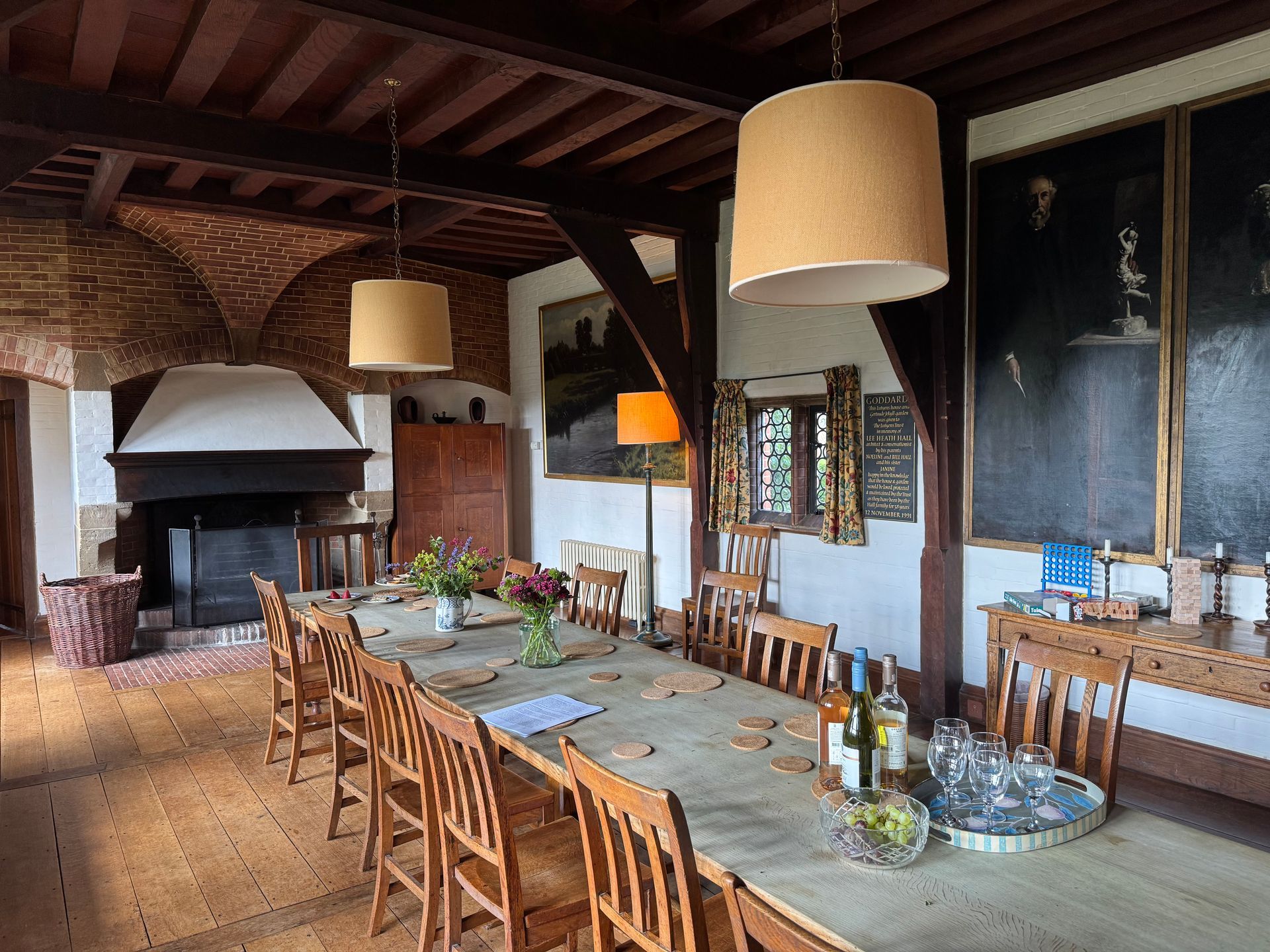
Slide title
Write your caption here
Button
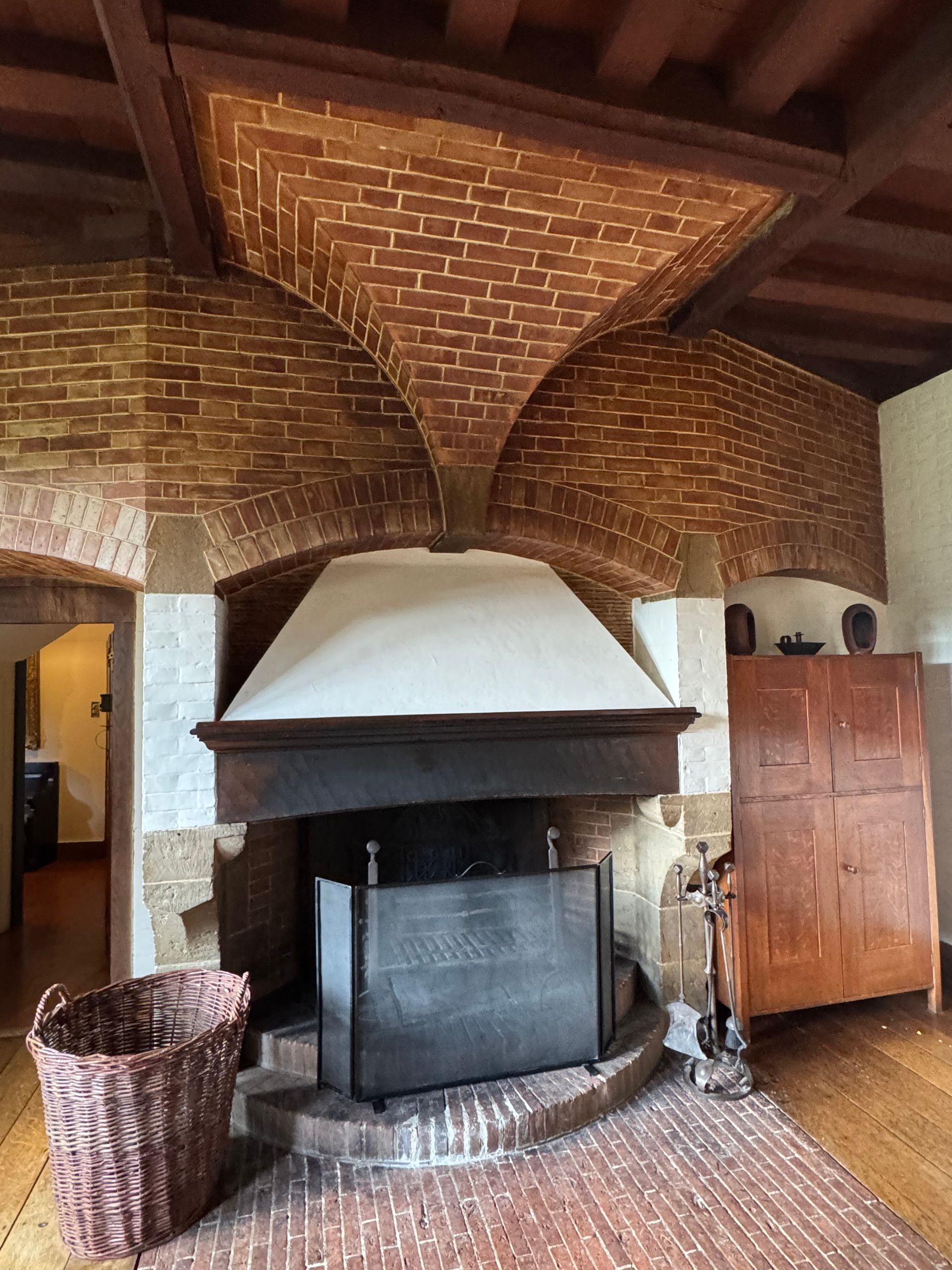
Slide title
Write your caption here
Button
Why It Matters Today
Goddards isn’t just a beautiful home. It’s a time capsule of architectural ideals and a shining example of how homes can be both practical and poetic. In many ways, Lutyens’ work feels more relevant than ever. His use of local materials, emphasis on natural light and deep respect for craftsmanship align closely with today’s values around sustainability and "green" building practices.
His meticulous attention to detail, from the flow of a floorplan to the hand-carved curve of a banister, reminds us that truly exquisite spaces are those designed not only to impress, but to be lived in with comfort and delight. These are homes that respond to their landscape, reward slow discovery and continue to inspire over a century later.
Supporting the Legacy
To help preserve and celebrate the work of Lutyens, you can join the
Lutyens Trust. Membership supports conservation efforts and offers access to events, tours and publications that explore his enduring influence on British architecture.


